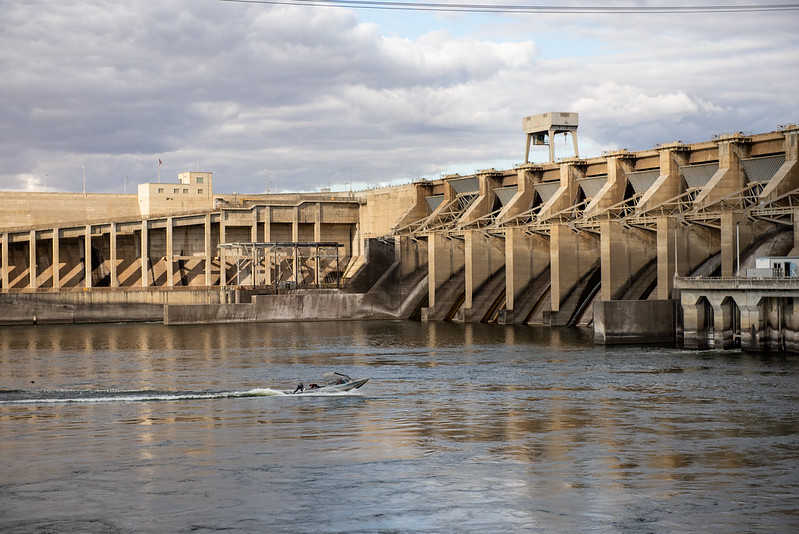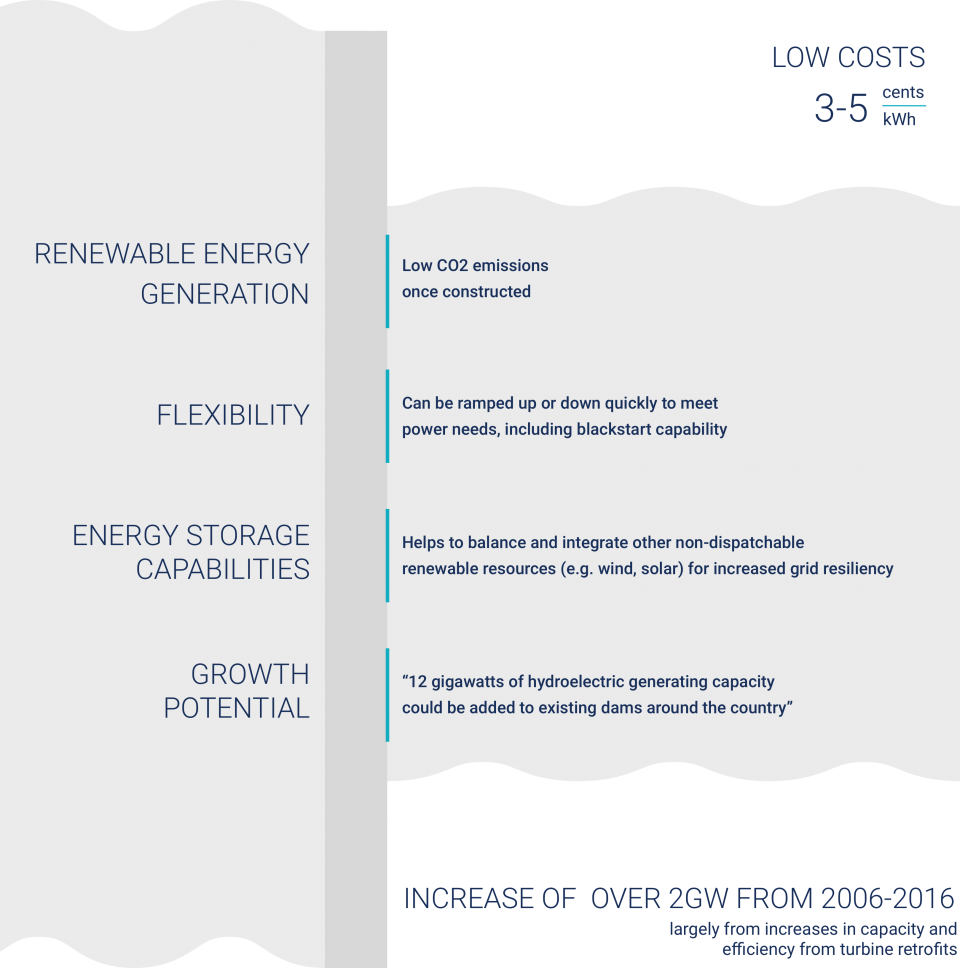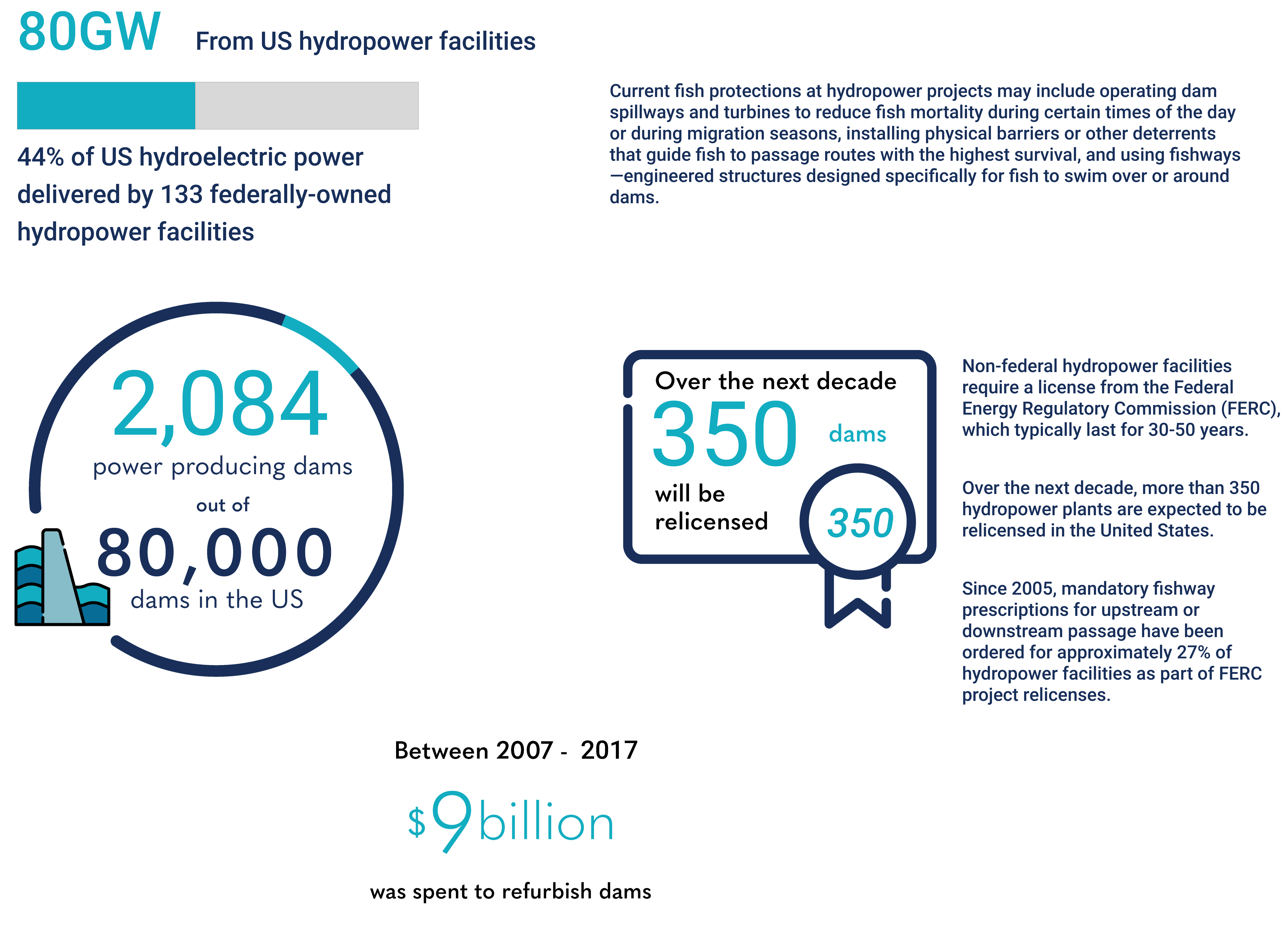Hydropower Basics

Advantages of Hydropower

Challenges to Hydropower Growth

Hydropower Facts

Opportunities for HydroPASSAGE to address hydropower challenges
-
Efforts to improve environmental performance of hydropower have included the development of technologies and strategies that avoid, minimize, mitigate, or manage environmental effects.
-
HydroPASSAGE toolsets and technologies enable improved fish passage through better design and evaluation, which are critical to supporting the development of new and refurbishment of existing hydropower facilities.
-
HydroPASSAGE toolsets are used by diverse stakeholders during the decision-making processes when developing new turbines, refurbishing old turbines, or designing new structures at existing plants to improve fish survival. Current and potential stakeholders include hydropower owners, operators, manufacturers, and regulators (e.g. Federal Energy Regulatory Commission (FERC), National Oceanic and Atmospheric Administration–Fisheries, and the U.S. Fish and Wildlife Service).
-
The operation of 1,600 hydropower turbines will be affected by FERC relicensing in the next 20 years. Both BioPA and HBET can inform the hydropower community on how to improve conditions for downstream fish passage, which can be especially important during the relicensing process.
Sources:
- U.S. Energy Information Administration
- U.S. Department of Energy Water Power Technologies Office, 2017 Hydropower Market Report
- U.S. Department of Energy Water Power Technologies Office, 2018 Hydropower Vision Report